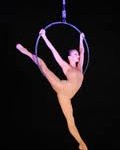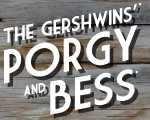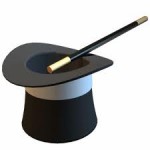 Experiencing acute nostalgia as I grab a cup of coffee at Arlequin, the cafe where I have spent almost every weekday morning for the past two years blogging about arts and culture.
Experiencing acute nostalgia as I grab a cup of coffee at Arlequin, the cafe where I have spent almost every weekday morning for the past two years blogging about arts and culture.
I am decamping for Palo Alto this week to begin my year as a John S Knight Journalism Fellow at Stanford University. I’ll be around in San Francisco a bit at the weekends, but will be spending most of my time down in Silicon Valley for a while.
From a cultural perspective, I am particularly excited about the opportunity that living near the Stanford Campus will provide for immersing myself in the university’s rich cultural life as well as the South Bay’s many excellent arts offerings in general. I’ve not spent too much time in that part of the world during my time in the Bay Area because getting to Silicon Valley and back on public transport especially in the evening and on weekends is not easy. But now that I am going to have Stanford Lively Arts, the Cantor Center for Visual Arts, TheatreWorks, San Jose Rep, Music@Menlo and countless other interesting places to look for for cultural stimulation, I’m hopefully going to become a lot more immersed in the scene down south.
As far as blogging goes, I intend to continue my culture blog during my fellowship, though I may not on balance be experiencing as many shows and exhibitions as I’ve been lucky to experience in the past. I expect the subject matter will become more journalism-focused as I work on a project devoted to ethics in the media and collaborate with 19 other journalist fellows from all over the world on their media-oriented projects.
Life is on the move, in any case. It’s always been that way, but at certain times, the feeling is more acute.
P.S. KALW, the station which hosts my weekly public radio series all about singing here in the Bay Area, is turning 70 this week. The station, one of the oldest in the land, is almost as old as the BBC world service, I discovered this weekend from a friend whose visiting from the UK and works for the Beeb. KALW celebrated in style on Saturday with a concert of eclectic musical offerings at the Freight and Salvage Folk Club. The place was packed. I wasn’t extremely excited about some of the musical choices (e.g. the Indian fusion jazz combo, which almost put me to sleep.) But the bluegrass set made me want to dance. Happy birthday, KALW! Here’s to another successful and unusual 70 years.











